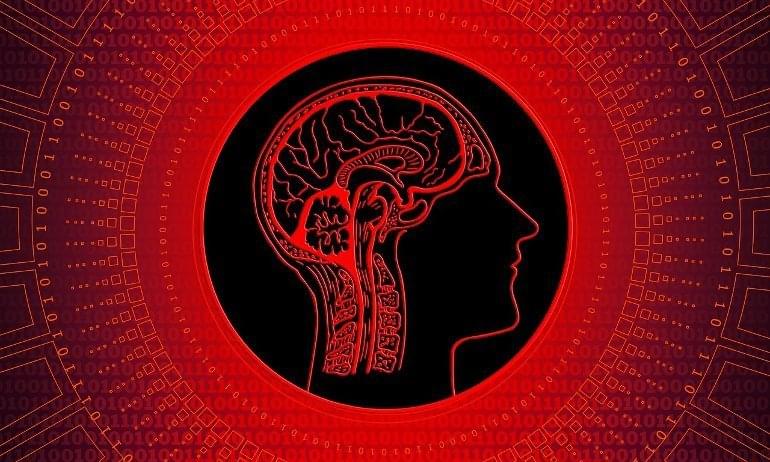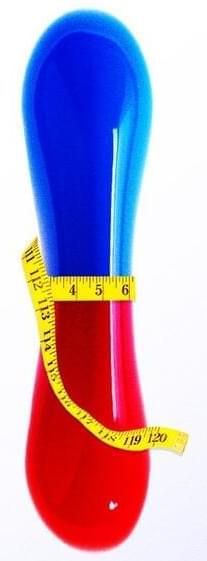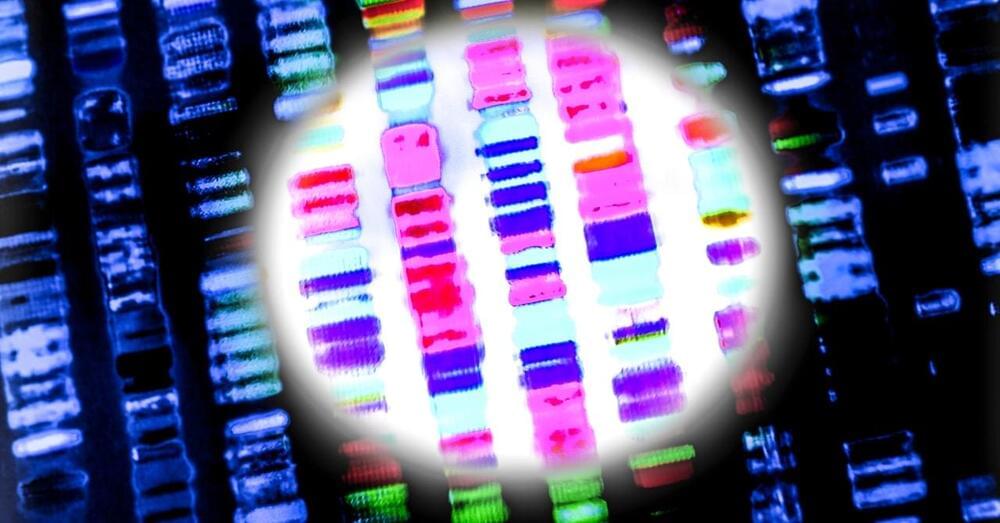Time. We can’t get enough of it. We are desperate to make it flow faster or slower, and yet we are reminded again and again to…



Astronomers have recently found the nearest known black hole to our solar system. According to scientists, the black hole is 1,570 lightyears away and ten times larger than our sun.
Known as Gaia BH1, the research was led by Harvard Society Fellow astrophysicist Kareem El-Badry, with the Harvard-Smithsonian Center for Astrophysics (CfA) and the Max Planck Institute for Astronomy (MPIA).
In addition, El-Badry worked with researchers from CfA, MPIA, Caltech, UC Berkeley, the Flatiron Institute’s Center for Computational Astrophysics (CCA), the Weizmann Institute of Science, the Observatoire de Paris, MIT’s Kavli Institute for Astrophysics and Space Research, and other universities.
https://youtube.com/watch?v=OhoDTy7XUk8&feature=share
Hi guys, my name is Captain Red Fist Gaming and this is my first video. It is a scenario of a Nuclear War.
WARNING!!! Some of these clips are not mine. all credit goes there to rightful owners.
And other Youtube Channels!
Movies list.

Summary: In mice genetically more susceptible to PTSD following a stressful event, researchers found an increased expression of cortisol receptors on neurons in the CA1 region of the dorsal hippocampus. Those increased receptors enabled an elevated expression of the HCN1 protein and TRIP8b, reducing neural excitability.
Source: medical college of georgia at augusta university.
Social avoidance is a common symptom of PTSD, and scientists working to better understand why have laboratory evidence that while stress hormone levels consistently increase in the immediate aftermath of a traumatic event, there can be polar opposite consequences in parts of the brain down the line.

Earlier this summer, Forrest Smith got some promising news. The Denver-based petroleum engineer, who works for the National Park Service, had read reports on a new diabetes medication called tirzepatide. Clinical trials had confirmed a potent side effect: Tirzepatide users could shed up to 20 percent of their body weight. Smith told me he spent his childhood cast as “the fat kid in school,” and his adulthood locked in a cycle of losing pounds and regaining them. Though he is not diabetic, he was aware that some doctors were prescribing the drug for weight loss and, feeling like he had nothing to lose, sought one out for treatment. He took his first weekly injection in July, and says it was like “a switch was flipped overnight.” Food cravings disappeared. When watching skinny friends eat, he used to wonder, “How do you not eat that entire plate of cookies in front of you?” That all changed. “One cookie? Totally doable.”
He now weighs 236 pounds, 24 pounds down from when he began the medication. Smith’s spouse and parents were so impressed with his progress that they decided to seek out tirzepatide, too. His young children have noticed that running around their garden now tires them out before their father. Since his first shot, Smith has been reaching deeper into his closet for clothes that will fit. “Hopefully,” he said, “I don’t find parachute pants—I don’t have to go that far back.”
Tirzepatide (marketed by Eli Lilly and Company as Mounjaro) first became available to the public in May of 2022, when it was approved by the FDA as a diabetes treatment. And while FDA approval for using the drug specifically for weight loss appears imminent, doctors have the authority to deviate from FDA mandates when prescribing drugs, and some have been writing scripts to treat obesity at their own discretion. “I’ve been very excited about these medicines,” said Dr. Melanie Jay, director of NYU Langone’s Comprehensive Program on Obesity. “[Obesity] has always been something that’s under-treated.” It might be the trickle that precedes a torrent—tirzepatide is just one in a class of new extremely effective weight loss drugs that threaten to upend the way we think about and treat obesity.



Chromosome-level engineering is a completely different beast: it’s like rearranging multiple paragraphs or shifting complete sections of an article and simultaneously hoping the changes add capabilities that can be passed onto the next generation.
Reprogramming life isn’t easy. Xiao Zhu’s DNA makeup is built from genetic letters already optimized by eons of evolutionary pressure. It’s no surprise that tinkering with an established genomic book often results in life that’s not viable. So far, only yeast have survived the rejiggering of their chromosomes.
The new study, published in Science, made the technology possible for mice. The team artificially fused together chunks from mice chromosomes. One fused pair made from chromosomes four and five was able to support embryos that developed into healthy—if somewhat strangely behaved—mice. Remarkably, even with this tectonic shift to their normal genetics, the mice could reproduce and pass on their engineered genetic quirks to a second generation of offspring.


The list of things that interest Elon Musk ranges from space travel to easing Los Angeles’ infamous traffic.
One thing that doesn’t make the cut? Patents.
The 51-year-old entrepreneur recently appeared on CNBC’s “Jay Leno’s Garage” to give the former “Tonight Show” host a tour around the SpaceX Starbase facility in Texas.